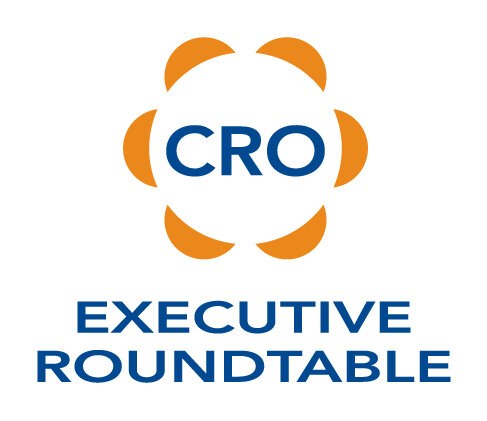Bernard Marr has an interesting post on LinkedIn that is well worth the read. Here are the 15 blunders:
1. Leaning Back too much — you come off lazy or arrogant.
2. Leaning forward — can seem aggressive. Aim for a neutral posture.
3. Breaking eye contact too soon — can make you seem untrustworthy or overly nervous. Hold eye contact a hair longer, especially during a handshake.
4. Nodding too much — can make you look like a bobble head doll! Even if you agree with what’s being said, nod once and then try to remain still.
5. Chopping or pointing with your hands — feels aggressive.
6. Crossing your arms — makes you look defensive, especially when you’re answering questions. Try to keep your arms at your sides.
7. Fidgeting — instantly telegraphs how nervous you are. Avoid it at all costs.
8. Holding your hands behind your back (or firmly in your pockets) — can look rigid and stiff. Aim for a natural, hands at your sides posture.
9. Looking up or looking around — is a natural cue that someone is lying or not being themselves. Try to hold steady eye contact.
10. Staring — can be interpreted as aggressive. There’s a fine line between holding someone’s gaze and staring them down.
11. Failing to smile — can make people uncomfortable, and wonder if you really want to be there. Go for a genuine smile especially when meeting someone for the first time.
12. Stepping back when you’re asking for a decision — conveys fear or uncertainty. Stand your ground, or even take a slight step forward with conviction.
13. Steepling your fingers or holding palms up — looks like a begging position and conveys weakness.
14. Standing with hands on hips — is an aggressive posture, like a bird or a dog puffing themselves up to look bigger.
15. Checking your phone or watch — says you want to be somewhere else. Plus, it’s just bad manners.
Winning a sale often comes down to slight advantage. Being aware of your body language may provide just such an advantage.












